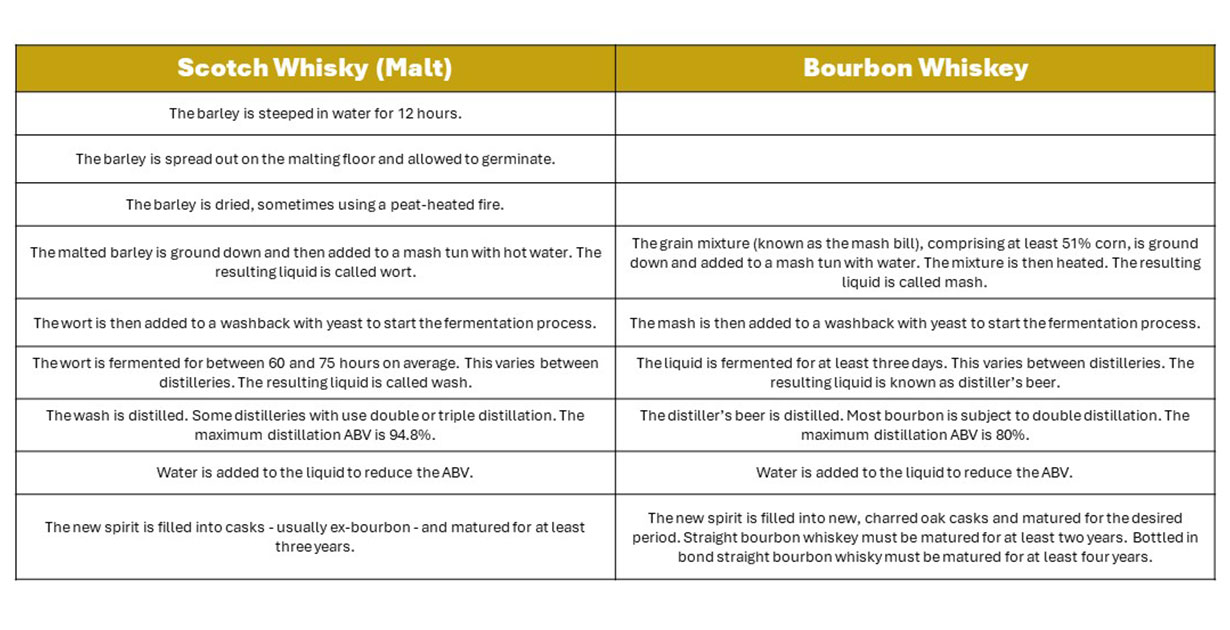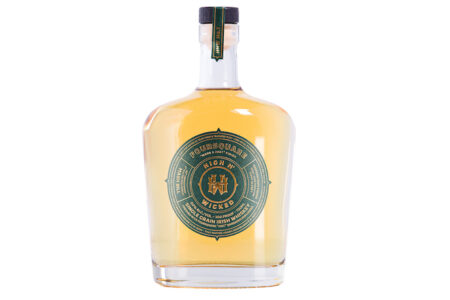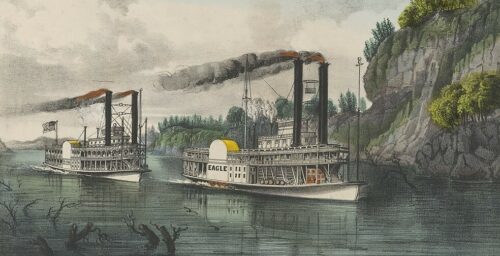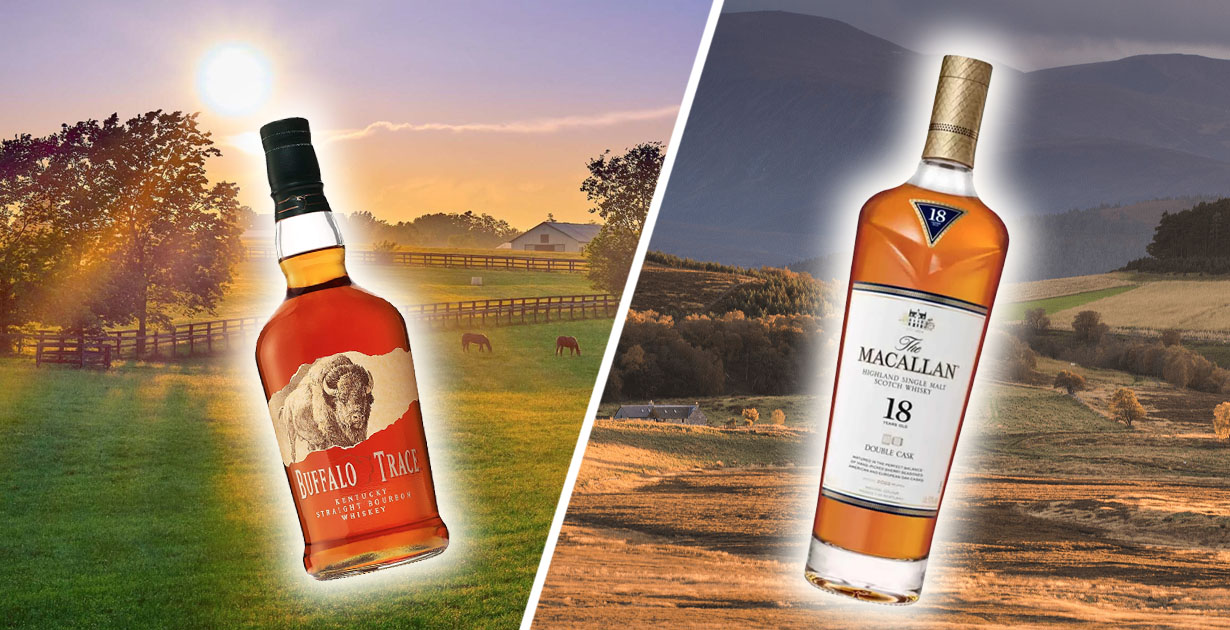
Scotch whisky and bourbon, for the most part, go hand-in-hand. On the surface, they seem very similar. However, there are some big differences between scotch and bourbon, particularly in their geography. Of course, they are made on completely separate continents: scotch is produced in Scotland and bourbon in the USA. But it is not only the distance that separates these two spirits. It is also how geography and weather affect everything from selecting the grains to maturing casks in a warehouse.
So, let’s take a look at how the differing weather in Scotland and the US affects the maturation of their respective national drinks.
To understand how maturation impacts the spirits, we must first understand how they are made.
The Making of Scotch Whisky & Bourbon
The processes of making scotch whisky and bourbon are similar, with a couple of notable differences. Please refer to the table below for the step-by-step processes.
The Effect of Weather on Maturation
You will notice from the table above, that scotch whisky has a minimum maturation period of three years. By contrast, bourbon has no minimum maturation period, unless it is going to be ‘straight bourbon whiskey’ or ‘bottled in bond straight bourbon whiskey’.
The reason for this difference in maturation periods is to do with the geography of the places where the whiskeys/whiskies are being matured.
Bourbon
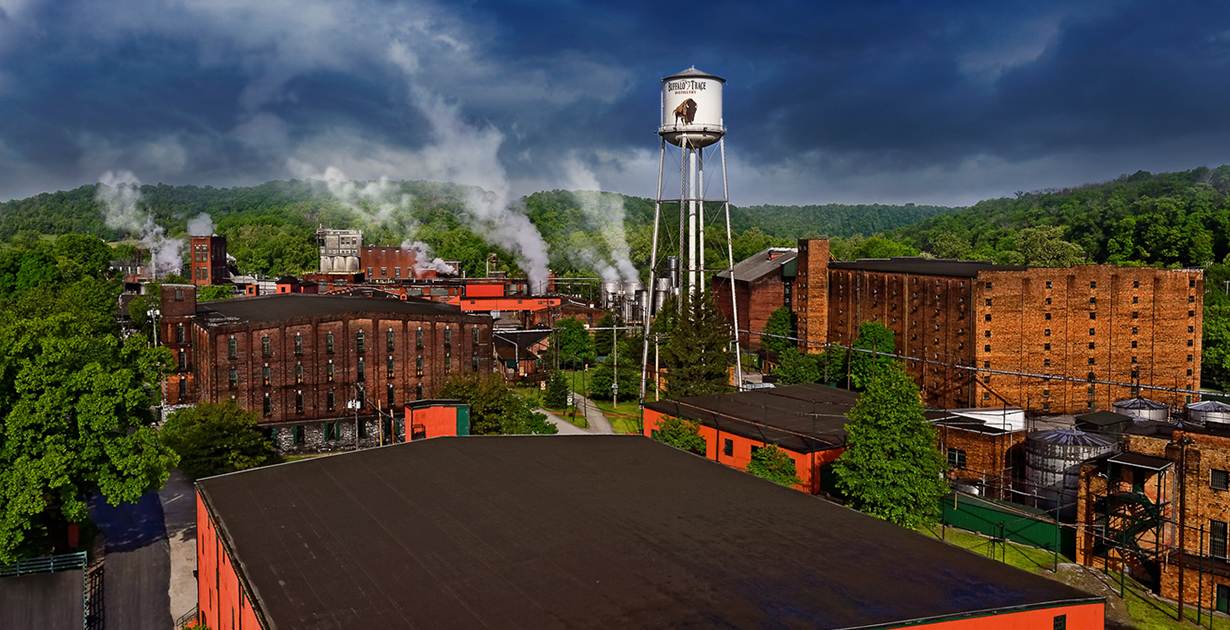
Most of the bourbon produced in the United States is made in Kentucky. The state of Kentucky has extremely varied weather, with very hot summers and cold winters. In the summer temperatures are regularly around 30 degrees Celsius (87 degrees Fahrenheit).
In this heat, the water that is in the bourbon barrels evaporates more quickly than the alcohol. This means that the ABV of the bourbon remains high, and commonly increases during maturation.
This is the reason that bourbon and scotch whisky have different maximum distillation strengths. Bourbon has a maximum distillation strength of 80% ABV whereas the maximum for scotch is 94.8% ABV.
In addition to the effect on the ABV of the liquid, the warm Kentucky climate also affects the speed of maturation. As alcohol warms up, the liquid expands. This means that in the Kentucky summer heat, the bourbon expands and is pushed into the gaps in the wood of the barrel.
When the temperature drops in Kentucky’s winters, the alcohol will contract. This cycling expansion and contraction imbues the whiskey with the cask’s influence. This allows the whiskey to take on the flavors of the wood at a faster rate.
This process is expedited when the whiskey is in a small barrel, as the higher spirit-to-wood surface area ratio means more interaction between whiskey and wood.
Scotch Whisky
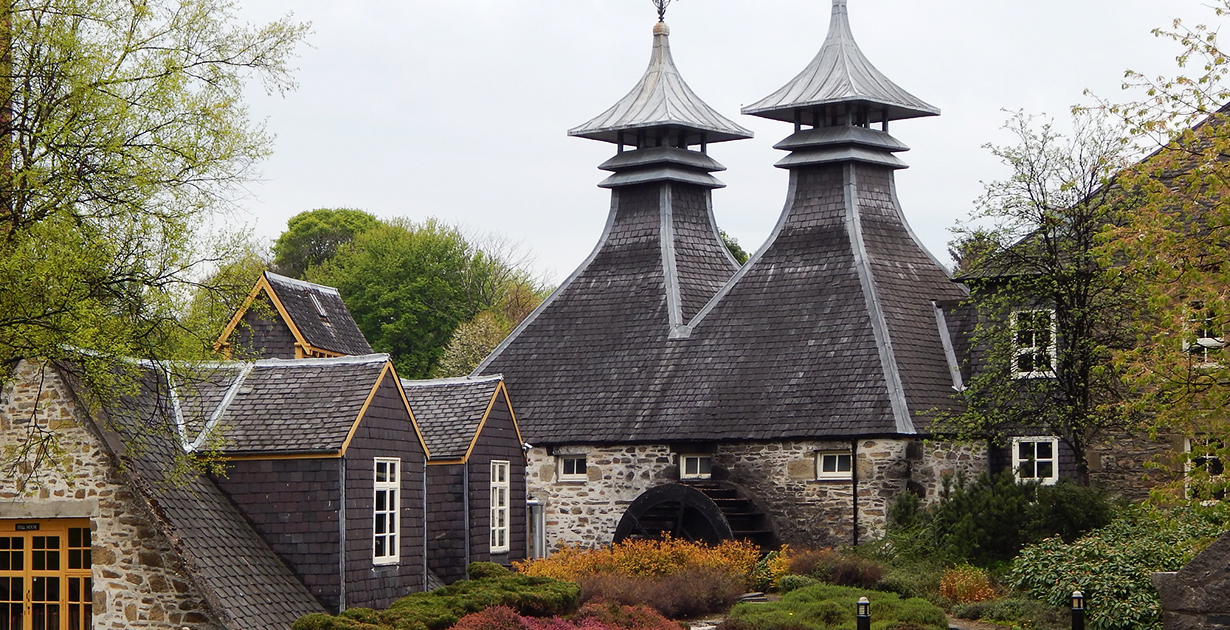
By contrast, Scotland experiences mild and wet summers and extremely cold winters. Because of this, the water in the casks of whisky evaporates at a slower rate. The ABV of scotch whisky always decreases in the cask. As a result, scotch whisky takes longer to mature than bourbon, hence the three-year minimum maturation period.
The lack of hot summers in Scotland also affects the maturation time of the whisky, as there is very little expansion and contraction. As a result, if maturation needs to be sped up the whisky can be matured in a quarter cask. This cask holds around 50 litres of liquid in comparison to a 250-litre hogshead. As such, the ratio of liquid to wood surface area is increased, and maturation is accelerated.
Cask type, charring, and size are extremely important factors in the maturation of both whisky and bourbon. For more information on how casks affect the maturation and profile of the spirit, read our Romance of the Cask series.
There’s Something About The Weather
The weather of Kentucky and Scotland has a huge bearing on the maturation times and profiles of the finished spirits. So, whilst the two drinks might seem similar on the surface, there are a lot of internal and external factors that differentiate them.
Coming soon to The Whisk[e]y Wash will be a full breakdown of all of the differences between scotch whisky and bourbon, including the cask types, sizes, levels of charring, mash bills, and investment potential.

